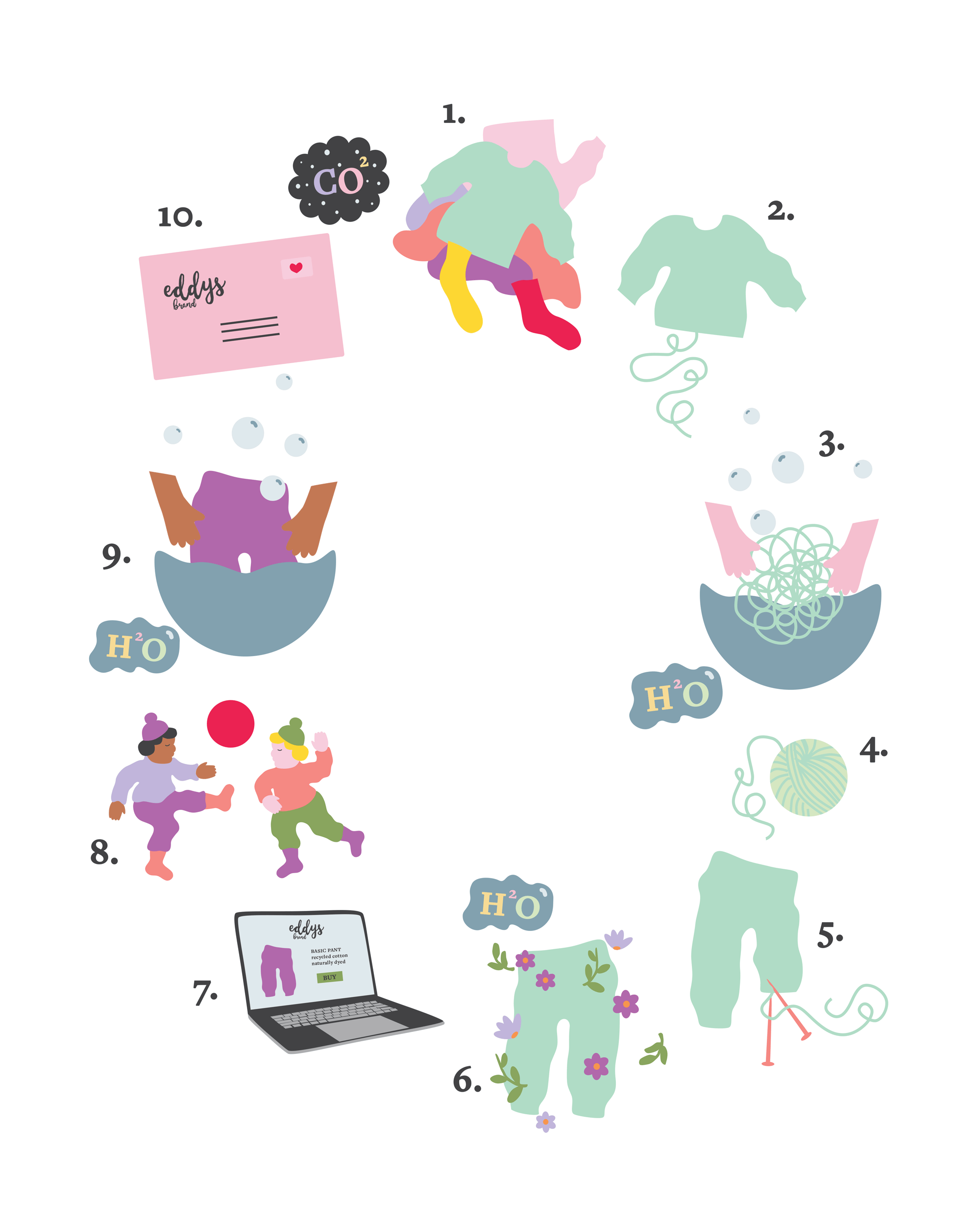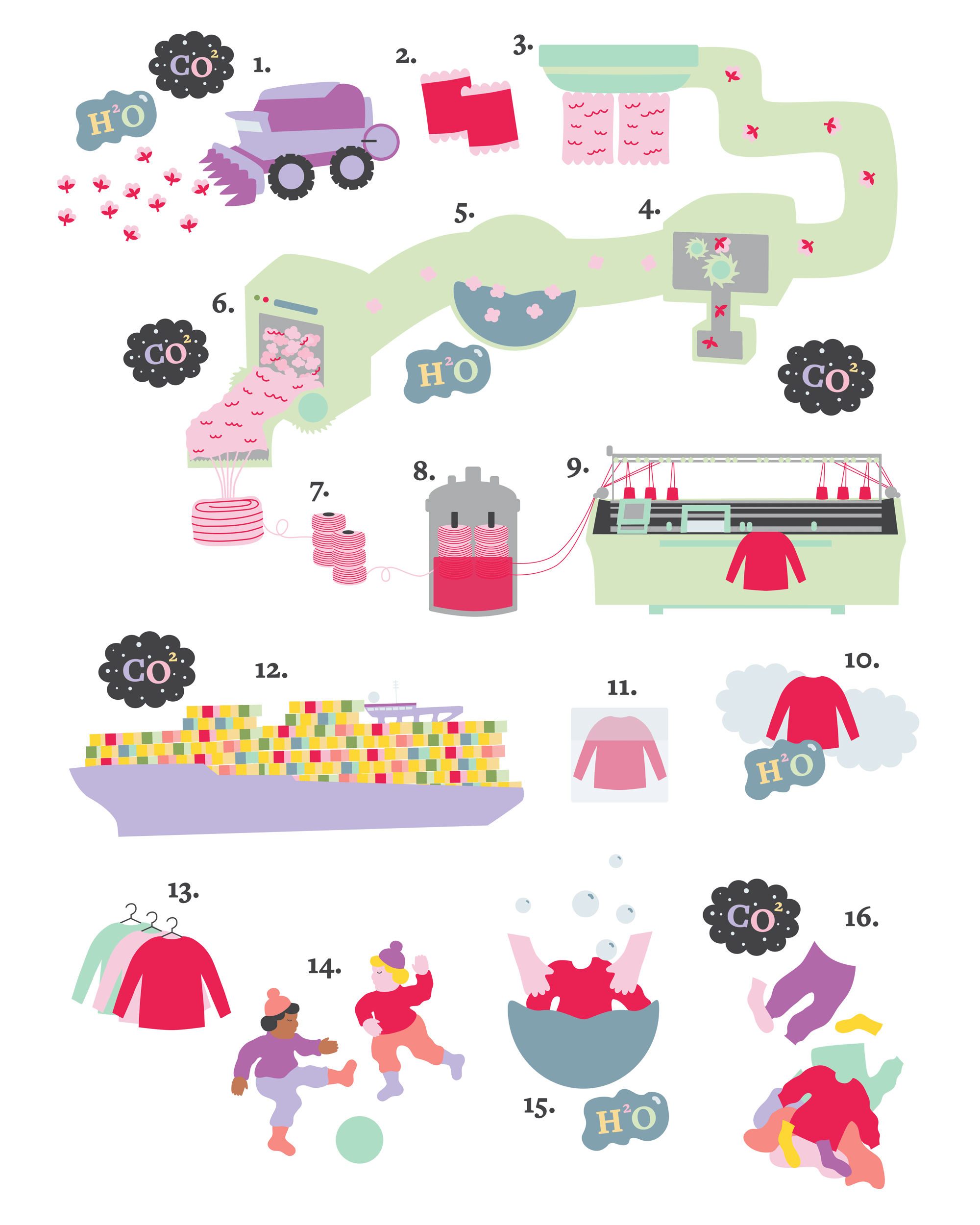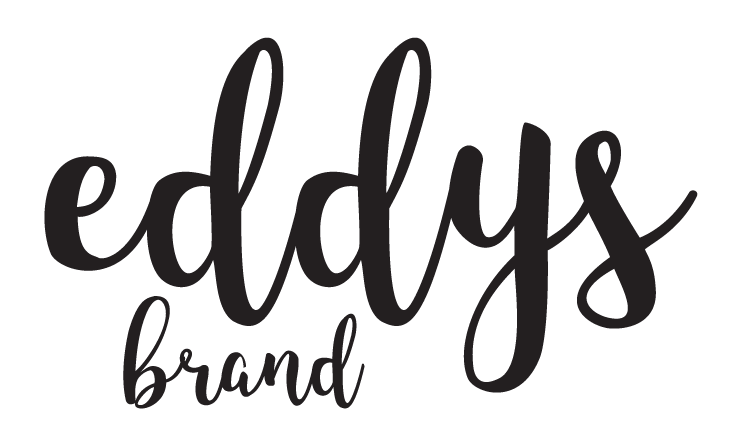how we do it

recycled yarn
we use upcycled cotton yarns sourced from vintage sweaters. sweaters are unraveled, yarn is washed and knit again into your kids’ new cozy sweaters.

natural dyes
all new dyes are made with plant materials. our dyer works with an east coast farming hub to dispose of used up dye baths as organic fertilizer at local farms. these are the indigo, sky blue, and lilac items. all other colors are sourced from the vintage sweaters as-is without additional chemical dyes or water used to achieve the colors.

take back
we’re taking it all back — our items and our competitors’ items. send it all! we partner with local services that take your gently loved items and donate them to children in need.
tiny knits with a big impact
cozy upcycled cotton pieces, made for your little one, delivered to your door

our process
start at the beginning or at the end. we’re looking for ways to simplify the process and make it circular so textiles don’t end up in landfills. we’re using less water and cause fewer emissions by keeping things local.
learn more
1 | collect vintage cotton sweaters
2 | unravel knit items to rescue yarns
3 | wash yarns and dry
4 | create ready-to-use yarn balls
5 | knit new kids items
6 | recolor with natural dyes
7 | buy online only, no middle man
8 | wear and love!
9 | wash and love!
10 | send it back to us when you’re done!
the linear process
the current manufacturing process in fashion — here how sweaters are made. it’s messy, it’s convoluted, and even this is simplified. in between every step is the transportation of the materials to a new facility because all things do not occur in one space.
learn more
1 | cotton farming: water consumption, emissions, pesticides, potential contamination of water with pesticide use
2 | bales of cotton: wrapped at the farm and sent to the mill
3-6 | cotton gin: separates the seeds and debris from the fiber, uses water and CO2
7 | cotton fiber: the clean fiber from the gin is spun creating large spool and then split into smaller spools of knittable yarn
8 | yarn is dyed: water consumption, chemical consumption, potential contamination of water if dye baths are not disposed of properly
9 | knitting by machine: CO2, power to run and keep proper temperature of delicate computerized machines
10 | steaming or washing: more water consumption and emissions
11| polybags, polybags, polybags! items are bagged individually, in dozens, then by the case. all items. if not, your clothes would arrive damp and maybe even moldy, so it’s a necessary evil for the long haul ahead.
12 | the long haul: each container can fit 4 suvs, the ships can hold 18,000 containers and travel 5700 miles across the Pacific ocean, the trip takes 18 days.
13 | retail, unpack, and put in the shop: where do all the polybags go?
14 | wear and love!
15 | wash and love!
16 | disposal: this will vary, discard, hand down, donate.

so who is eddy?
there is no one named eddy here. our “eddy” is a nod to science and simple discoveries that make profound changes. named after an eddy current, “eddies” flow in closed loop currents and create magnetic fields which power a variety of everyday things that we’re not even aware of. they separate coins in vending machines, keep your speedometer working, and can even stop a speeding locomotive! most important to eddys brand is their use in recycling to quickly and automatically separate certain metals from other materials, making recycling extremely efficient. ever wonder why you can throw aluminum, glass, and plastic in your bin for recycling in the same place? eddies.

